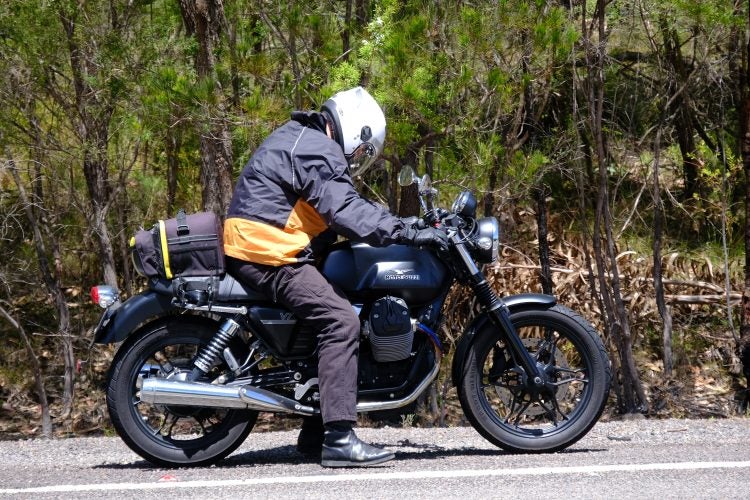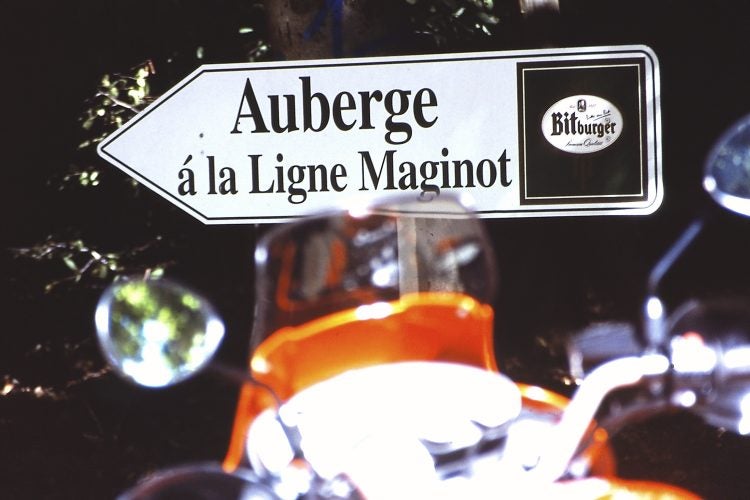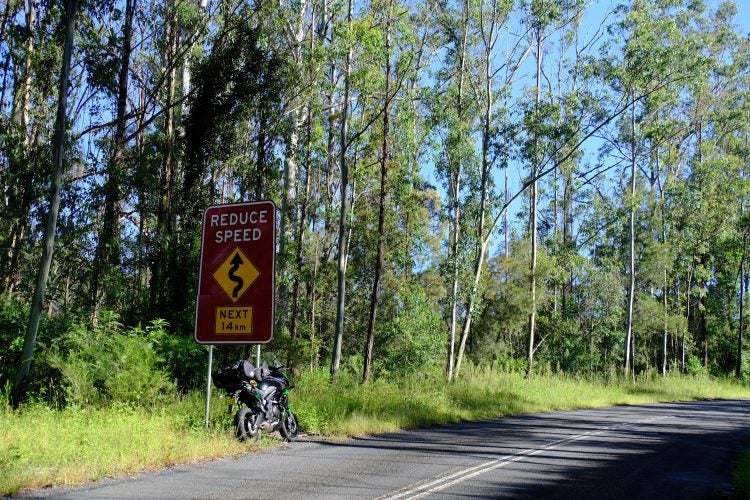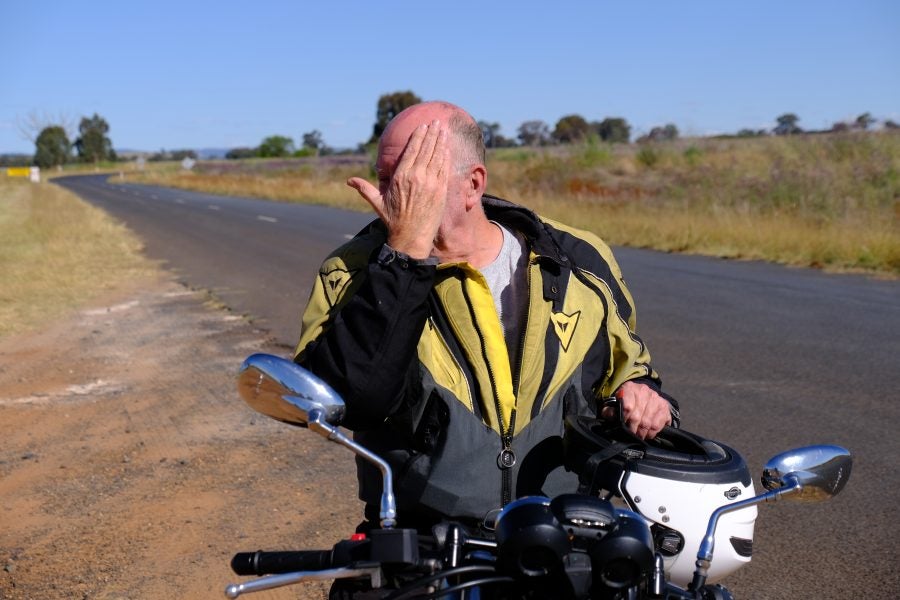British geneticist, biometrician and philosopher J. B. S. Haldane once wrote that “the universe is not only queerer than we suppose, but queerer than we can suppose.” This does not just play out in philosophy but also in everyday life. Have you ever wondered about the disconnection between the reality you are expected to see and believe in, and another reality that seems to creep in when you’re not “thinking” – that is, not operating in the mindset you are supposed to have?
An example of the first might be advertising that tells you that the price of all motorcycles has been vastly reduced, and that the new models are better and more desirable than the previous year’s. The other reality in that case might be that the prices were inflated before being reduced and were in fact higher than before, and that the new models had simply been painted in allegedly “vibrant new” colours. Blind acceptance versus critical understanding.
There are many other examples of the same dichotomy, and somehow the originators will often get us to believe the first and officially presented reality. Especially as it is applied to politics but even in regard to small things around you. Such as packages that use words like “New”, “Improved” or “Better” and will do their best to assure you that all is well in this best of all possible worlds.

“Now this is a… motorcycle. Or is it a reflection of one on the wall of a cave?” Photo: The Bear
On a recent ride through the countryside, I found myself being stopped repeatedly by signs, or even temporary traffic lights, which told me that roadworks lurked ahead. Being a dutiful citizen, I slowed down or even stopped as directed. But here’s the odd thing. When I went on, there were certainly examples of broken tarmac or other poor road conditions – but there was little evidence of actual roadworks. I would ride slowly for a certain distance and then there would be another sign saying, “End of Work”.
Once I thought about it this struck me as peculiar, but it was only when I stopped for a while and sat under a convenient Bo tree to contemplate this oddity that I suddenly realized something. The apparent division of realities had been explained two and a half thousand years ago.
You may know Plato’s Allegory Of the Cave, but just in case, here it is again. Plato phrases it as a dialogue between his brother Glaucon and Socrates, but we’ll just skip to the essentials.
Plato has Socrates ask Glaucon to imagine a cave where people have been imprisoned from childhood. These prisoners are chained so that their legs and necks are fixed, forcing them to gaze at the wall in front of them and not to look around at the cave, each other, or themselves. Behind the prisoners is a fire, and between the fire and the prisoners is a low wall, behind which people walk carrying objects or puppets “of men and other living things”.

Can it really be that at a memorial to WW2, the French serve German beer? Really? Photo: The Bear
The people walk behind the wall, so their bodies do not cast shadows for the prisoners to see, but the objects they carry do cast shadows “just as puppet showmen have screens in front of them at which they work their puppets”. The prisoners cannot see any of what is happening behind them, they are only able to see the shadows cast upon the cave wall in front of them. The sounds of the people talking echo off the walls, and the prisoners believe these sounds come from the shadows.
Socrates suggests that the shadows are reality for the prisoners because they have never seen anything else; they do not realize that what they see are shadows of objects in front of a fire, much less that these objects are inspired by real things outside the cave which they cannot see.
The puppets, used to make those shadows, are produced by artists, and the fire is the political doctrine that is taught in a nation state. The artists use light and shadows to teach the dominant doctrines of that particular time and place.

Split reality: does this sign mean “go for it” or “be careful”? Photo: The Bear
In that way, various “artists” are employed to make all sorts of stuff like “Roadworks” signs, newspapers, television programs and promotional literature for motorcycles – and even motorcycles themselves – intended to assure us of the reality of the shadows that we see every day.
There is a highly practical application of this theory. The next time you are pulled over by a highway patrol officer and upbraided for exceeding a speed limit on a road where it is perfectly safe to do your speed – in other words, you are operating by the second and more accurate reality, while the officer is operating by that fake reality of the shadows – just explain that to him or her. Open their eyes, and they will thank you for freeing them from their Platonic prison.
But perhaps some caution is advisable with Socrates’ suggestions. As Thomas Babington Macaulay said, “The more I read him, the less I wonder that they poisoned him.”







